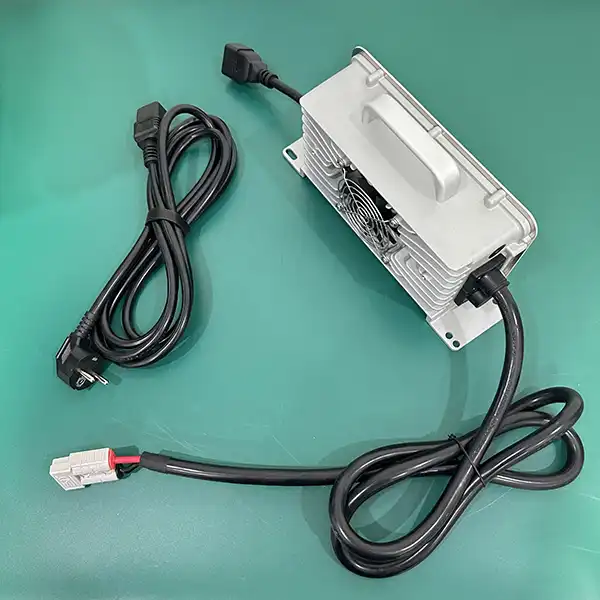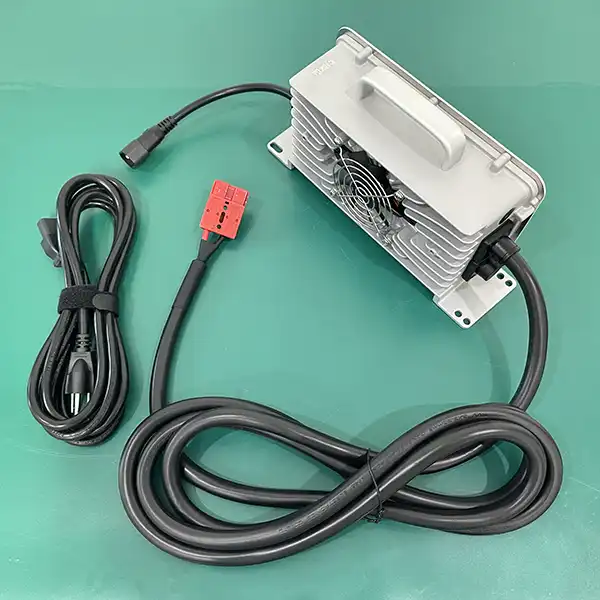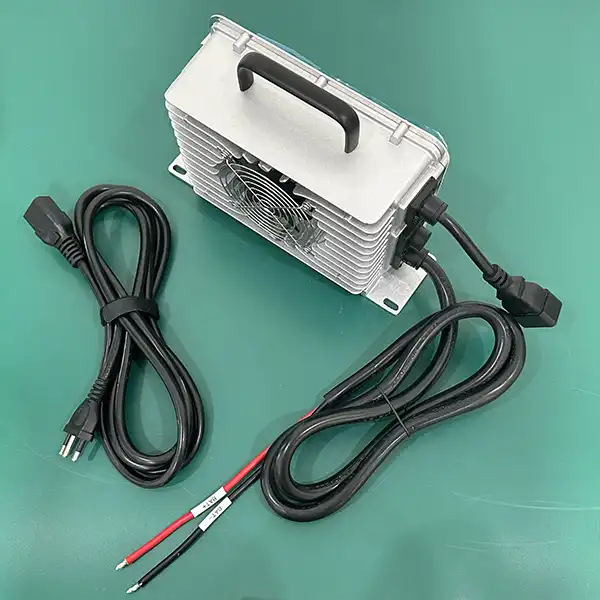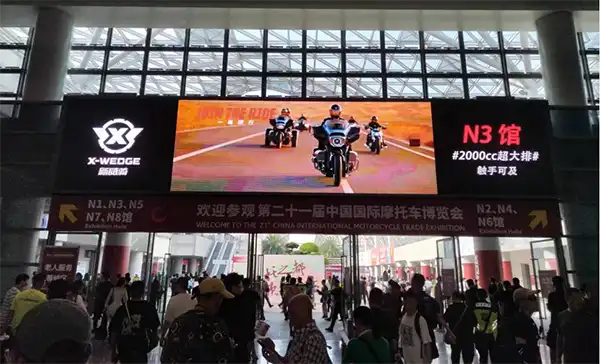In the rapidly evolving world of battery charging technology, efficiency, safety, and reliability are top priorities. Two key design elements that contribute to these goals are Power Factor Correction (PFC) and LLC resonant topologies. While both play different roles, together they enable modern chargers to deliver high performance while meeting strict energy regulations.
What is Power Factor Correction (PFC)?
Power Factor Correction is a technique used to improve the efficiency of AC-to-DC conversion. Without PFC, chargers can draw current in a distorted, non-sinusoidal way, leading to wasted energy and increased strain on the power grid.
There are two main types of PFC:
- Passive PFC: Simple and low-cost, but less efficient and bulkier.
- Active PFC: Uses electronic control to achieve a near-unity power factor, improving efficiency and reducing harmonic distortion.
Benefits of PFC in chargers:
- Better energy utilization
- Compliance with global energy standards (such as IEC 61000-3-2)
- Reduced heat generation
What is an LLC Topology?
The LLC resonant converter is a highly efficient DC-to-DC conversion method that uses a resonant circuit to regulate voltage and current. It is named after its circuit components: Inductor (L), Inductor (L), and Capacitor (C).
Key advantages:
- High efficiency at both full load and light load
- Low electromagnetic interference (EMI)
- Soft-switching operation (reduces stress on components)
- Compact design with reduced heat dissipation needs
Why Combine PFC and LLC in a Charger?
In a modern high-performance charger:
- PFC stage ensures efficient AC-to-DC conversion and power grid compatibility.
- LLC stage ensures highly efficient DC-to-DC conversion with stable output voltage and minimal noise.
Together, they deliver:
- High energy efficiency (>90%)
- Longer lifespan for components
- Better thermal management
- Stable charging performance even under varying loads
Real-World Application
Many premium chargers for golf carts, electric motorcycles, and industrial batteries now use Active PFC + LLC designs. For example, an IP66-rated charger with these technologies can operate reliably outdoors, deliver consistent power, and comply with strict safety standards. Our E8, E9, E10, E15, E22 series of smart chargers with active PFC and LLC half-bridge circuit, which are high-efficiency, more stable and more safer.
Conclusion
PFC and LLC topologies are not just engineering buzzwords—they are the foundation of high-quality, energy-efficient chargers. Whether you’re designing, purchasing, or using a charger, understanding these technologies will help you appreciate the engineering behind reliable and efficient battery charging.




